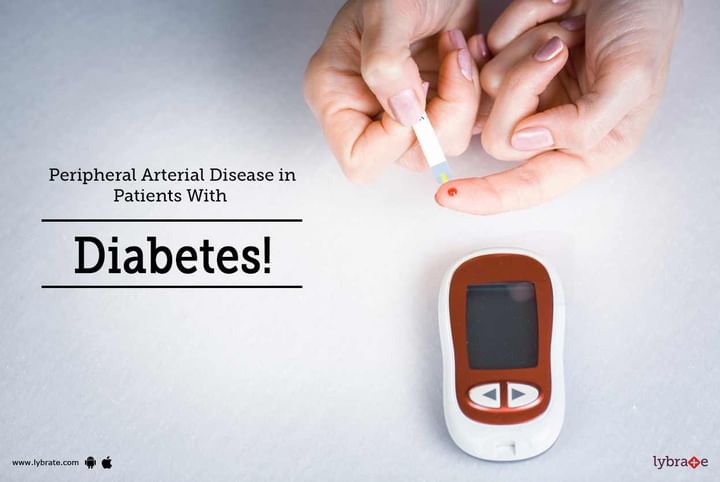Peripheral Arterial Disease in Patients With Diabetes!
Peripheral arterial disease or commonly known as PAD is a common cardiovascular disease. Despite having the power to cause painful symptoms and severe health risks, it is overlooked by many. This particular arterial disease may lead to life-threatening consequences if left untreated for long. Read on to know more about the condition.
What is PAD?
PAD refers to the situation where in the peripheral arteries to the arms, head, stomach, and legs become narrow. Often referred to as the peripheral vascular disease, here, the arteries start to grow narrower due to the slow but constant buildup of fatty deposits on the artery walls. Though it can affect all the arteries in a person’s body, except those that supply blood to the heart, in the majority of cases, it affects the arteries in the leg.
What are the threats it poses?
PAD is indeed a life-threatening disease, as the blockages, it creates in the peripheral arteries prevent normal blood circulation to the different organs, legs, and brain. And when the blood flow is restricted, or the vital organs of the body fail to receive necessary blood flow, then the legs, brain and all the vital organs suffer severe damage. And when PAD continues to harm the blood flow for a long time, then it leads to tissue infection or tissue death, which is known as gangrene.
Additional health issues it causes
PAD also creates various other health concerns, such as atherosclerosis. Atherosclerosis is a chronic disease of fatty materials’ build up. In the case of atherosclerosis, the entire blood circulatory system gets damaged, including the arteries leading to the heart. The risk of blood clot build ups and vascular inflammation are also common additional threats posed by the fatty deposits.
Smoking is a common cause for PAD. Also, leg pain initially worsens with walking then present even at rest.
Probable symptoms
Depending on the part of the body that is affected, the PAD symptoms vary from one to another. However, painful cramping in the muscles of one’s legs is the most common symptom of this condition. The pain, originating in the legs often goes up to the muscles in the thighs or hips too. Except this, weakness or numbness in the legs, ulcers or open sores on the feet or legs, skin color changing into bluish or pale are some of the other symptoms of PAD.
Possible treatments
The peripheral arterial disease can be diagnosed easily, painlessly and straightforwardly under proper medical attention. Both prescribed medications and a lifestyle change are considered to be the best treatment for controlling PAD. Including a healthy diet and adopting a healthy lifestyle have often been successful in preventing PAD in its early stage.
The moment any signs or symptoms of PAD is noticed one should not be late in seeking immediate medical attention.



+1.svg)
